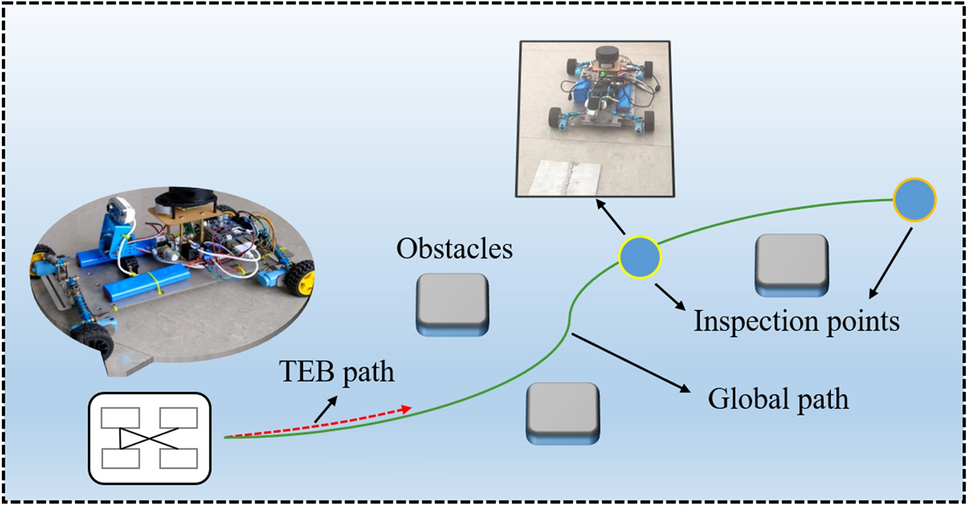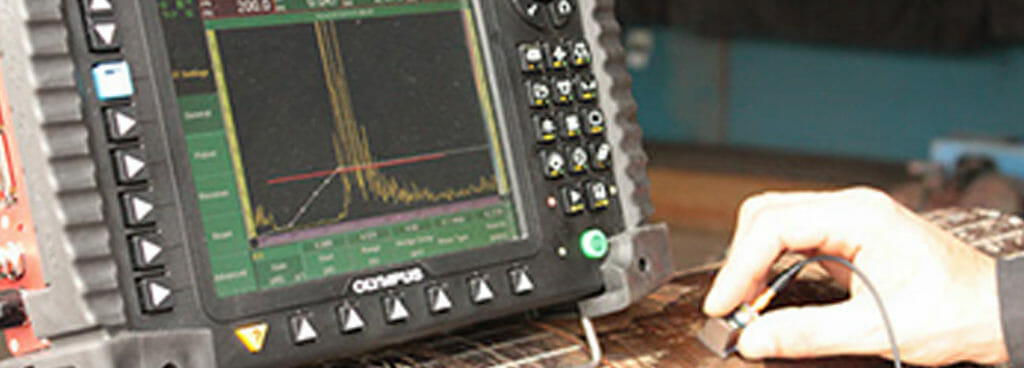Welding Inspection Racine: Making Certain Precision and Dependability in Every Weld
Welding Inspection Racine: Making Certain Precision and Dependability in Every Weld
Blog Article
Ingenious Techniques to Fillet Weld Evaluation and Testing: Enhancing Weld High Quality and Compliance Standards
In the realm of welding, the quality and stability of fillet welds play a crucial function in ensuring the architectural soundness and reliability of various commercial components. With the constant drive for enhanced performance and compliance with strict criteria, the exploration of ingenious methods to fillet weld assessment and testing has ended up being imperative. As sectors advance, the traditional approaches might no more be sufficient in fulfilling the needs of modern-day welding applications. By embracing innovative modern technologies and methodologies, a brand-new perspective of possibilities arises in the realm of weld high quality evaluation and adherence to compliance criteria.
Advanced Non-Destructive Screening Methods
Using modern technologies, advanced non-destructive screening methods play a critical duty in making sure the stability and quality of fillet welds. These approaches, such as phased selection ultrasonic testing (PAUT) and magnetic particle testing (MPT), deal comprehensive insights into the weld's inner structure without triggering any damage to the product. PAUT, for example, utilizes numerous ultrasonic aspects to inspect the weld from different angles, providing a comprehensive visualization of prospective defects like absence of fusion or cracks.
By utilizing these innovative non-destructive testing strategies, weld inspectors can precisely examine the quality of fillet welds, making certain compliance with industry criteria and policies. The ability to spot problems early on not just boosts weld high quality however also prevents costly rework or failures in architectural honesty, underscoring the relevance of these ingenious testing approaches in welding inspections.
Robotics and Automation in Assessment
The assimilation of robotics and automation has revolutionized the assessment process for fillet welds, boosting efficiency and precision in quality analysis. Robotics use precise control and repeatability in inspecting welds, guaranteeing trustworthy and consistent outcomes. Automated systems can be set to adhere to specific inspection paths, ensuring comprehensive coverage of welds and reducing the danger of human error.
Robot examination systems furnished with sophisticated sensors can detect and measure weld attributes with high accuracy, supplying comprehensive information for analysis. These systems can determine issues such as splits, absence of blend, and porosity, allowing punctual rehabilitative activities to be taken. In addition, robotics and automation permit real-time information collection and evaluation, supplying instant responses to operators and facilitating quick decision-making procedures.
Moreover, making use of robotics and automation in fillet weld evaluation boosts overall performance by decreasing assessment times and increasing examination throughput. By streamlining the examination process, makers can guarantee weld quality and conformity standards are met successfully, ultimately bring about set you back savings and boosted item high quality.
Utilizing Expert System for Analysis
Artificial intelligence plays an essential duty in boosting the effectiveness and precision of analysis in fillet weld inspection procedures. AI algorithms can swiftly refine huge quantities of information from weld inspections, spotting defects or incongruities that might be testing to determine with the nude eye - Welding Inspection Racine.
Additionally, AI systems can pick up from previous assessment data, continually improving their ability to determine potential flaws and inconsistencies in fillet welds. This adaptive understanding capability improves the general top quality control process, lowering the possibility of human error and guaranteeing that welds fulfill the called for criteria. By integrating expert system into fillet weld evaluation, markets can accomplish greater levels of efficiency, uniformity, and conformity in their examination practices.
Portable Devices for On-Site Assessment
 Enhancing area assessment efficiency, the adoption of portable tools changes on-site evaluation processes for fillet welds. These devices use flexibility and benefit, permitting assessors to conduct complete exams in various areas, consisting of challenging or remote atmospheres. Mobile devices such as ultrasonic screening gadgets, magnetic bit evaluation devices, and electronic radiography systems give real-time data and high-resolution imaging capacities, allowing fast decision-making and prompt comments on weld top quality.
Enhancing area assessment efficiency, the adoption of portable tools changes on-site evaluation processes for fillet welds. These devices use flexibility and benefit, permitting assessors to conduct complete exams in various areas, consisting of challenging or remote atmospheres. Mobile devices such as ultrasonic screening gadgets, magnetic bit evaluation devices, and electronic radiography systems give real-time data and high-resolution imaging capacities, allowing fast decision-making and prompt comments on weld top quality.One substantial benefit of mobile tools is their ability to enhance assessment procedures, minimizing downtime and boosting general efficiency. Examiners can quickly deliver these devices to various work websites, getting rid of the need for delivering hefty equipment or components to off-site facilities. Furthermore, the mobility of these devices advertises cost-effectiveness by lessening transport expenditures and increasing examination timelines.
Furthermore, making use of portable devices for on-site evaluation advertises positive top quality control actions, as assessors can without delay identify and deal with any type of prospective welding problems or inconsistencies. By integrating these cutting-edge modern technologies into on-site assessment methods, welding specialists can ensure conformity with industry standards and boost weld high quality, ultimately resulting in enhanced architectural stability and safety and security in various welding applications.
Assimilation of Data Administration Equipment
Having enhanced on-site inspection processes with the usage of mobile devices, the following stage entails the smooth combination of data administration systems to further boost efficiency and data evaluation abilities in fillet weld examination and testing. Welding Inspection Racine. By integrating information monitoring systems right my response into the examination process, organizations can improve data collection, storage, and analysis. This assimilation enables real-time surveillance of weld quality, immediate recognition of defects, and punctual decision-making to rectify any type of problems that might arise throughout the assessment process
The combination of information administration systems makes it possible for seamless communication between various stakeholders entailed in the assessment procedure, promoting partnership and improving total quality control measures. Inevitably, the integration of information management systems serves to elevate the standards of fillet weld inspection and testing, making sure conformity with industry policies and boosting weld top quality.
Conclusion
To conclude, innovative approaches to fillet weld examination and screening have actually considerably boosted weld top quality and compliance requirements. Advanced non-destructive screening approaches, robotics, automation, expert system, mobile devices, and data management systems have transformed the way weld assessments are performed. By utilizing these modern technologies, sectors can make certain that welds satisfy the called for high quality criteria and guidelines, inevitably boosting total effectiveness and safety in welding procedures.

By employing these innovative non-destructive testing strategies, weld examiners can properly assess the top quality of fillet welds, making sure compliance with market requirements and guidelines. Mobile devices such as ultrasonic screening gadgets, magnetic fragment examination tools, and digital radiography systems give real-time data and high-resolution imaging abilities, allowing fast decision-making and prompt responses on weld quality.
Having optimized on-site examination see this website procedures with the usage of portable devices, the following stage involves the smooth assimilation of data administration systems to additionally boost effectiveness and data evaluation capacities in fillet weld assessment and screening (Welding Inspection Racine). Eventually, the assimilation informative post of information administration systems offers to raise the standards of fillet weld evaluation and testing, ensuring compliance with industry guidelines and enhancing weld quality
 In conclusion, cutting-edge methods to fillet weld examination and testing have substantially boosted weld top quality and compliance standards.
In conclusion, cutting-edge methods to fillet weld examination and testing have substantially boosted weld top quality and compliance standards.Report this page